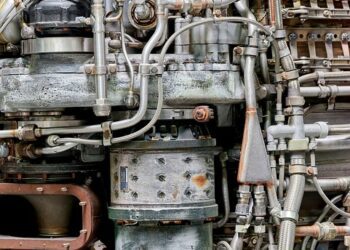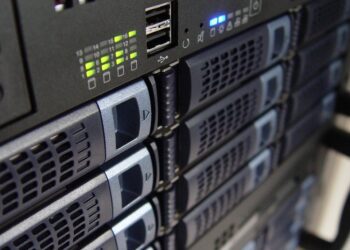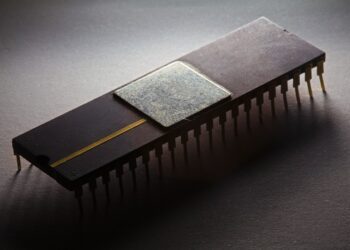The rise of technology has undoubtedly revolutionized our world, enabling us to connect, communicate, and innovate in ways we could have never imagined. However, what many of us may not realize is the significant environmental impact that comes with the production and disposal of hardware such as computers, smartphones, and other electronic devices.
The production of hardware involves the extraction of raw materials, manufacturing processes, and transportation, all of which contribute to greenhouse gas emissions, water and air pollution, and the depletion of natural resources. For example, the mining of minerals such as gold, silver, copper, and aluminum for use in electronics can result in deforestation, water contamination, and habitat destruction.
Additionally, the manufacturing process itself often involves the use of toxic chemicals and heavy metals, which can have harmful effects on both human health and the environment. Workers in electronics factories may be exposed to dangerous substances such as lead, mercury, and cadmium, leading to long-term health problems.
Furthermore, the disposal of hardware at the end of its lifespan poses a significant challenge. Electronic waste, or e-waste, is the fastest-growing waste stream in the world, with an estimated 50 million tons generated annually. Improper disposal of e-waste can lead to the release of toxic chemicals into the environment, contaminating soil, water, and air.
To address these environmental challenges, it is crucial for both manufacturers and consumers to take responsibility and adopt more sustainable practices. Manufacturers can work to design products that are more energy-efficient, durable, and easily recyclable. They can also invest in research and development to find alternative materials that are less harmful to the environment.
Consumers can play a role by extending the lifespan of their devices through proper maintenance and repair, as well as by recycling or donating old electronics instead of throwing them away. Many communities offer e-waste recycling programs that safely and responsibly dispose of electronic devices.
Ultimately, tackling the environmental impact of hardware production and disposal requires a collaborative effort from all stakeholders, including governments, manufacturers, consumers, and environmental organizations. By raising awareness, advocating for sustainable practices, and fostering a culture of responsible consumption, we can work towards a future where technology and environmental protection can coexist harmoniously.








